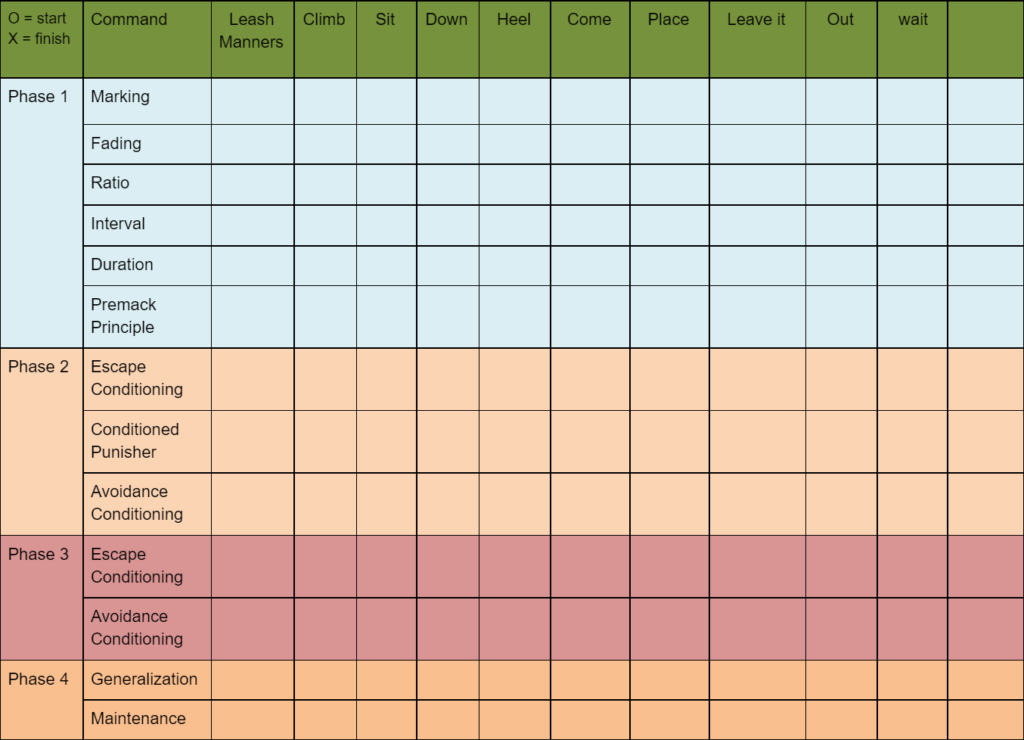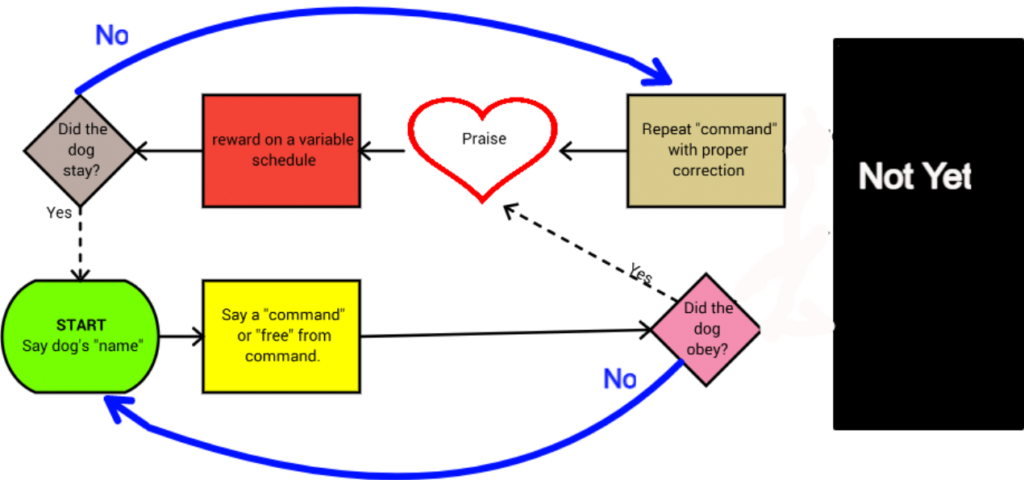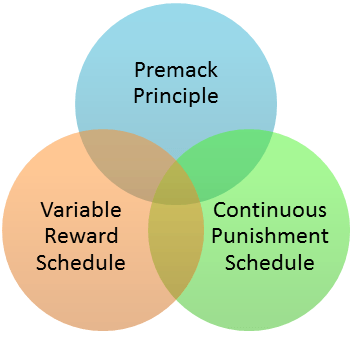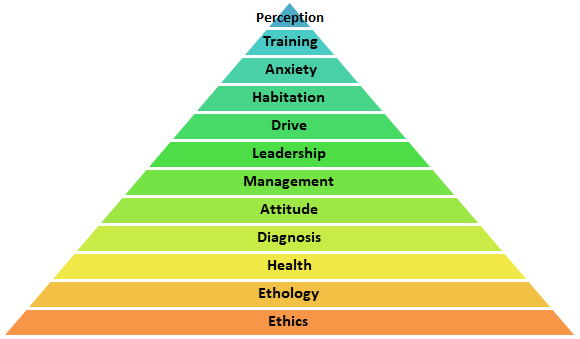Objectives
- What is a conditioned punisher?
- Classical conditioning terminology
- Why is it also called a secondary punisher?
- Why is teaching a conditioned punisher useful?
- How do you create a conditioned punisher
- Why is it underused?
- positive dog training
- competitive dog training
- military/working dogs
- "balanced" dog trainers
- How is it misused?
- Poisoned marker (conditioned aversive) vs non-aversive correction (conditioned corrector)
- Prerequisites
- Escape conditioning
- Leash ninja
- phase 1 training (positive reinforcement)
- Why is this LIMA compliant?
- Are you LIMA compliant if you are not using conditioned punishers?
- What is our goal at this particular stage of training?
- What should we observe?
- Things to watch out for
- body language vs verbal
Why is teaching a conditioned punisher useful?



Prerequisites? Phase 1, Conditioned Punisher, Leash Ninja

How do you create a conditioned punisher?
Full Command Structure - Do NOT do this yet

Escape Conditioning Command Structure - Previous Step


Conditioned Punisher Command Structure

It is easiest to start when the dog is already within the command (during a stay/duration).

Then, work on the dog "correcting" their mistakes during initial command requests.

We want to see the dog reliably "correct" themselves during the conditioned punisher ("no") for each specific command.
This allows us to be prepared for avoidance conditioning, where we can teach the dog to avoid all forms of punishment, but when we do punish we can use the least aversive punishment possible which is often just a 'conditioned' punisher.


Why is this LIMA compliant?
Are you LIMA compliant if you are not using conditioned punishers?
- Why is it underused?
- positive dog training
- competitive dog training
- military/working dogs
- "balanced" dog trainers
- How is it misused?
- Poisoned marker (conditioned aversive) vs non-aversive correction (conditioned corrector)
- What is our goal at this particular stage of training?
- What should we observe?
- Things to watch out for
- body language vs verbal



Responses